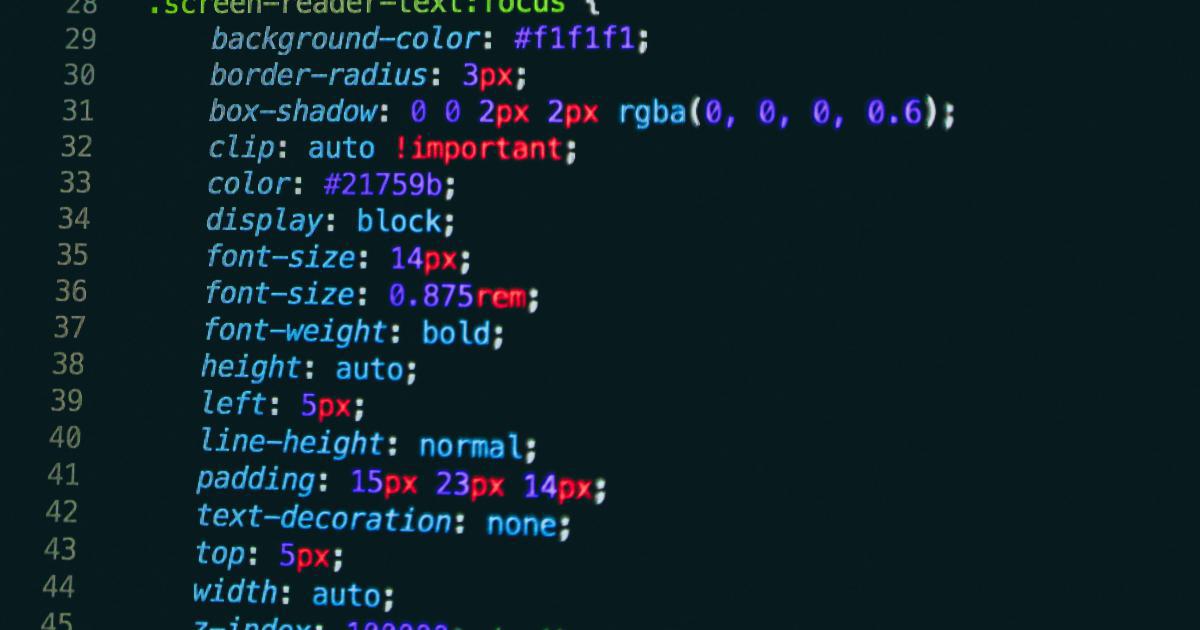Mastering Faceted Navigation for Flawless Crawlability


Introduction to Faceted Navigation
Faceted navigation is a powerful search and filtering system that empowers users to narrow down and find relevant content on a website quickly and efficiently. By allowing users to filter and sort results based on specific criteria, faceted navigation enhances the overall user experience and significantly improves the discoverability of your website's content. However, for faceted navigation to be truly effective, it must be designed and implemented with search engine crawlability in mind.
In this comprehensive article, we will explore the key principles of faceted navigation, dive into the technical considerations for optimizing it for search engine crawlers, and provide actionable strategies to ensure your website's faceted navigation is a seamless and efficient experience for both users and search engines.
Understanding Faceted Navigation
Faceted navigation is a user interface design pattern that presents users with a set of filters, or "facets," that they can use to refine and narrow down search results. These facets typically represent different attributes or characteristics of the content, such as product category, price range, brand, size, color, and more. By allowing users to apply multiple filters simultaneously, faceted navigation enables them to quickly find the specific information or products they're looking for.

The benefits of faceted navigation for both users and website owners are numerous:
Improved User Experience: Faceted navigation empowers users to explore and discover content more effectively, reducing frustration and increasing engagement.
Higher Conversion Rates: By making it easier for users to find what they're looking for, faceted navigation can significantly improve conversion rates, leading to more sales or goal completions.
Enhanced Discoverability: Faceted navigation aids in the discoverability of your website's content, as users can quickly access relevant information based on their specific needs and preferences.
Increased Engagement: The interactive nature of faceted navigation encourages users to explore and interact with your website, leading to higher engagement and longer session durations.
Valuable Insights: The data generated from user interactions with faceted navigation can provide valuable insights into customer preferences and behavior, informing your content and marketing strategies.
Optimizing Faceted Navigation for Crawlability
While the benefits of faceted navigation are well-established, it's crucial to ensure that your implementation is optimized for search engine crawlers. Poorly designed or executed faceted navigation can lead to issues with crawlability, causing search engines to miss or misunderstand important content on your website.
Understanding the Challenges of Faceted Navigation for Crawlers
Search engines like Google use bots, or "crawlers," to discover and index the content on your website. These crawlers follow links and navigate through your website's structure to understand the relationships between different pages and the content they contain. However, faceted navigation can present several challenges for these crawlers:
Duplicate Content: Faceted navigation can generate multiple URLs that lead to the same or highly similar content, which can be interpreted as duplicate content by search engines.
Crawl Budget Limitations: Search engines have a limited "crawl budget," which refers to the number of pages they can crawl and index within a given time frame. Excessive or irrelevant pages generated by faceted navigation can quickly exhaust this budget, preventing the crawlers from indexing your most important content.
Link Equity Distribution: Faceted navigation can dilute the link equity (the value passed from one page to another through internal links) across a large number of similar pages, making it more difficult for search engines to determine the most important and relevant content.
Pagination and Infinite Scrolling: Faceted navigation often includes pagination or infinite scrolling features, which can be challenging for crawlers to navigate and understand.
To address these challenges and ensure your faceted navigation is optimized for search engine crawlers, you'll need to implement a comprehensive strategy that covers both technical and content-related aspects.
Technical Optimization Strategies
Implement Canonical URLs: Use the canonical tag (<link rel="canonical" href="...">) to specify the "preferred" version of a page, even if there are multiple URLs that lead to the same or similar content. This helps search engines understand the relationships between your pages and avoid interpreting them as duplicate content.

Utilize Noindex Tags: For pages that are not intended to be indexed by search engines, such as sorting and filtering pages, use the <meta name="robots" content="noindex"> tag to instruct crawlers not to index these pages.

Optimize Pagination and Infinite Scrolling: Ensure that your pagination and infinite scrolling implementation follows best practices, such as using the rel="next" and rel="prev" tags to indicate the relationship between paginated pages.

Implement Facet-Specific Parameters: Use unique, descriptive parameters in your faceted navigation URLs to help search engines better understand the context and purpose of each page. For example, instead of using generic parameters like ?filter=color&filter=size, use more specific parameters like ?color=red&size=large.

Leverage Internal Linking: Ensure that your website's internal linking structure supports the visibility and crawlability of your most important content. This may involve strategically linking to key pages from your faceted navigation or other high-traffic areas of your site.

Utilize Robot.txt and Sitemaps: Create a comprehensive robots.txt file to instruct search engine crawlers on which pages to crawl and index, and maintain an up-to-date sitemap that includes your most important content pages.
Content-Related Optimization Strategies
Optimize Facet Labels and Descriptions: Ensure that the labels and descriptions for your facets are clear, concise, and accurately reflect the content they represent. This helps search engines better understand the purpose and relevance of each facet.

Enhance Facet Content: Rather than relying solely on facets as filtering tools, consider adding unique, valuable content to your facet pages, such as product descriptions, category overviews, or informative articles. This can help search engines better understand the context and importance of your faceted navigation.

Optimize Facet URLs: Ensure that your facet URLs are clean, descriptive, and include relevant keywords. Avoid using complex or dynamic URLs that may be difficult for search engines to interpret.

Implement Structured Data: Use schema.org markup to provide additional context and structure to your faceted navigation, such as product categories, product attributes, and search filters. This can help search engines better understand the content and relationships within your faceted navigation.

Monitor and Analyze Performance: Regularly monitor the performance of your faceted navigation, including crawl data, indexation, and user behavior. Use this information to identify and address any issues or opportunities for improvement.

Best Practices for Faceted Navigation Design and Implementation
In addition to the technical and content-related optimization strategies, it's important to consider the overall design and implementation of your faceted navigation to ensure a seamless user experience and effective search engine crawlability.
User-Centric Design Principles
Clearly Communicate Facet Options: Ensure that your facet labels and options are intuitive and easy to understand, allowing users to quickly grasp the available filtering criteria.
Provide Contextual Guidance: Offer clear instructions or tooltips to help users understand how to effectively use the faceted navigation system.
Prioritize Relevant Facets: Arrange your facets in a logical and meaningful order, with the most important or commonly used filters placed prominently.
Offer Dynamic Updating: Update the available facet options and search results in real-time as users apply and remove filters, creating a responsive and engaging experience.
Maintain Visual Hierarchy: Use design elements like typography, color, and spacing to create a clear visual hierarchy that guides users through the faceted navigation.

Technical Implementation Best Practices
Leverage AJAX and Progressive Enhancement: Implement your faceted navigation using AJAX or other progressive enhancement techniques to improve performance and reduce page loads.
Optimize for Mobile Devices: Ensure your faceted navigation is responsive and optimized for seamless usage on mobile devices, as more and more users access content on the go.
Implement Accessibility Features: Incorporate accessible features, such as keyboard navigation and screen reader support, to ensure your faceted navigation is inclusive and usable for all users.
Monitor and Iterate: Continuously monitor user behavior and feedback, and make iterative improvements to your faceted navigation based on these insights.

Conclusion: Embracing the Power of Faceted Navigation
By mastering the principles of faceted navigation and optimizing it for search engine crawlability, you can create a powerful and efficient user experience that also benefits your website's overall discoverability and performance.
Remember, the key to success lies in striking the right balance between user-centric design and technical SEO considerations. By following the strategies and best practices outlined in this article, you can unlock the full potential of faceted navigation and position your website for long-term success in the ever-evolving landscape of digital content discovery.